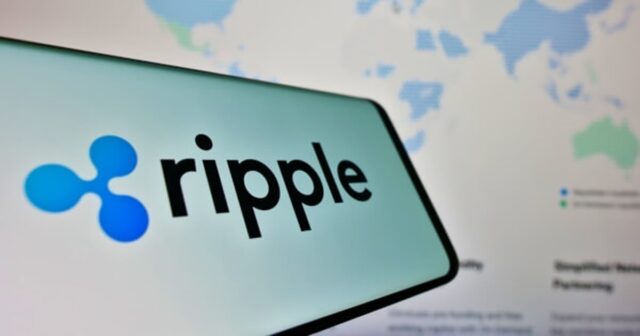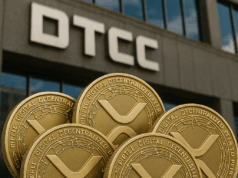- Ripple Labs is expanding its ambitions beyond digital assets into traditional finance using blockchain technology.
- The company has spent nearly $4 billion on acquisitions, and its recent fundraising round has pushed its market valuation to $40 billion.
Three months ago, the Securities and Exchange Commission (SEC) concluded its five-year legal battle against Ripple Labs, and now, the company is charting a new course.
According to a recent CNBC report, Ripple is no longer positioning itself merely as a cryptocurrency firm but as an emerging global financial powerhouse.
Ripple’s transformation has been fueled by an aggressive expansion strategy, with the company reportedly investing nearly $4 billion in acquisitions throughout 2025.
Among the most notable deals was the $1.3 billion purchase of prime brokerage firm Hidden Road, now rebranded as Ripple Prime, which handles more than $3 trillion in annual transaction volume.
As detailed in our earlier coverage, the company also acquired GTreasury for $1 billion and Rail for $200 million, significantly broadening its footprint in corporate treasury management. To support this next phase of growth, Ripple secured a $500 million strategic funding round led by Fortress Investment Group and Citadel Securities, boosting its valuation to $40 billion.
XRP Ledger as an Institutional Settlement Layer
Central to Ripple’s strategy is the XRP Ledger (XRPL). Ripple aims to license XRPL to major financial institutions for cross‑border settlement, treasury operations, and tokenized asset workflows.
By placing XRP at the heart of this infrastructure, Ripple sees the token’s utility shifting from speculative trading to operational use, from the economics of adoption to the excitement of speculation.
Despite the momentum, CNBC highlighted that regulatory clarity is still a significant barrier, especially in the U.S. When asked about the challenge, Ripple’s CEO acknowledged: “It’s going to be hard until we have that regulatory clarity.”
Under Donald Trump’s presidency, the SEC and CFTC have both taken a lighter approach toward digital asset enforcement. Even so, Ripplenow holds 75 regulatory licenses worldwide.
As mentioned in our previous news story, banks are also accelerating their exploration of stablecoins. Citigroup has announced plans to launch a crypto custody service for institutional clients by 2026, while JPMorgan recently revealed a “deposit token” initiative built on Coinbase’s Base blockchain.
Ripple has also weighed in on the conversation, emphasizing that stablecoins are becoming a central pillar of modern financial activity. President Donald Trump’s approval of the U.S. Genius Act has brought the U.S. regulatory space closer in alignment with Europe’s, creating a more balanced global playing field as the market could reach $1.9 trillion by 2030.
Ripple’s stablecoin, RLUSD, is already demonstrating strong growth, recently surpassing $1 billion in circulation with approximately 1.02 billion tokens issued.
Also, as CNF reported, the first XRP exchange-traded fund (ETF) has just obtained clearance for a Nasdaq listing, and Canary Capital Group will issue it. The fund gained recognition after the company filed Form 8-A with the U.S. SEC.
This approval, which came shortly after the end of the prolonged U.S. government shutdown that began on October 1, gives traders and institutional investors a regulated avenue to gain exposure to XRP through traditional markets.
CNBC noted that XRP’s market performance has remained relatively subdued throughout 2025. While Bitcoin (BTC) and Ethereum have surged to new all-time highs, XRP is currently priced at $2.46, down 3.34% over the past 24 hours and 36% below its all-time high.
Still, the token has shown some strength recently, recording an 8.69% gain over the past week and approaching resistance near $2.80. Crypto analyst Ali Martinez commented yesterday that, “If this bull run keeps going, $XRP could offer a solid buying opportunity at $1.90 before rallying to $6.”







